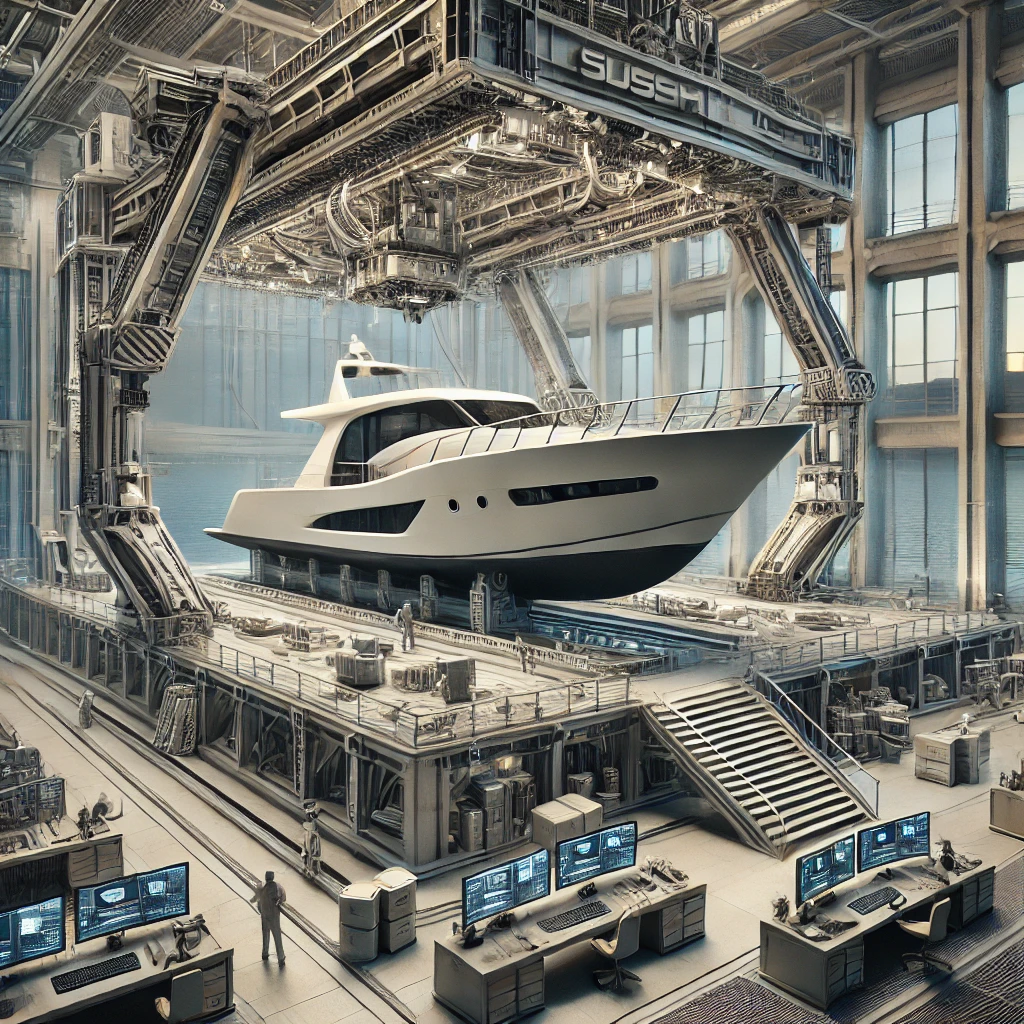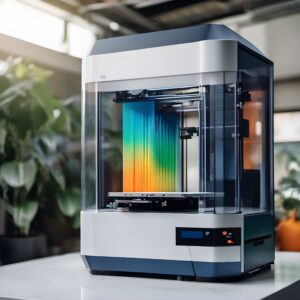3D Printing in the Marine Industry: Innovations in Boat Building

Learn how 3D printing is being utilized in the marine industry, particularly in the construction of boats and marine equipment.
The marine industry is embracing 3D printing as a transformative technology that offers new possibilities in boat building and the production of marine equipment.
August 2024 saw several significant developments in this area, with 3D printing being used to create everything from small components to entire boat hulls. This technology is not only streamlining the manufacturing process but also allowing for more innovative and sustainable designs that are revolutionizing how vessels are built and maintained.
Large-Scale 3D Printing of Boat Hulls
One of the most groundbreaking applications of 3D printing in the marine industry is the production of boat hulls. Traditionally, constructing a boat hull is a labor-intensive and time-consuming process that involves complex molds and extensive manual work.
However, large-scale 3D printers have begun to change this paradigm. In August 2024, several companies successfully printed full-sized boat hulls using advanced 3D printing techniques. These printers can create complex, curved structures in a single piece, eliminating the need for multiple parts and joints, which can weaken the overall structure.
3D printing allows for greater design flexibility, enabling the creation of hulls that are optimized for hydrodynamics, strength, and weight.
By using composite materials that are both lightweight and durable, these printed hulls offer improved performance and fuel efficiency, making them ideal for a wide range of marine applications, from recreational boats to commercial vessels.
Custom Marine Parts and Equipment
Beyond hulls, 3D printing is also being used to produce custom marine parts and equipment, offering benefits such as reduced lead times and lower costs.
Marine engineers can now design and print components like propellers, rudders, and engine parts with a high degree of precision, tailored to the specific needs of a vessel. This capability is particularly valuable in the repair and maintenance of older boats, where finding or manufacturing replacement parts can be challenging.
Moreover, 3D printing enables the creation of complex geometries that are difficult or impossible to achieve with traditional manufacturing methods.
For example, propellers with optimized blade shapes for better efficiency and reduced noise can be printed with minimal material waste. This not only enhances the performance of the vessel but also contributes to environmental sustainability by reducing fuel consumption and emissions.
Sustainability and the Use of Recycled Materials
Sustainability is a growing concern in the marine industry, and 3D printing is helping to address this challenge by enabling the use of recycled and eco-friendly materials.
In August 2024, several projects demonstrated the feasibility of using recycled plastics and bio-based composites as feedstock for 3D printing marine parts. These materials not only reduce the environmental impact of manufacturing but also offer comparable performance to traditional materials.
Furthermore, 3D printing allows for the precise control of material usage, minimizing waste during the production process. This is particularly important in the marine industry, where reducing the weight of vessels can lead to significant savings in fuel and emissions.
By adopting 3D printing, the industry is moving towards more sustainable practices that align with global efforts to reduce environmental impact.
The Future of Boat Building
As 3D printing technology continues to evolve, its role in the marine industry is expected to grow. Future advancements may include the development of even larger printers capable of producing entire vessels, as well as new materials that offer enhanced durability and performance in harsh marine environments.
Additionally, the integration of 3D printing with other technologies, such as artificial intelligence and robotics, could further streamline the design and construction processes, leading to even more innovative and efficient boats.
3D printing is revolutionizing boat building and marine equipment production, offering significant advantages in terms of design flexibility, efficiency, and sustainability.
The innovations seen in August 2024 are just the beginning, as the marine industry continues to explore and expand the potential of this transformative technology.
As 3D printing becomes more integrated into marine manufacturing, it will undoubtedly play a key role in shaping the future of the industry.



